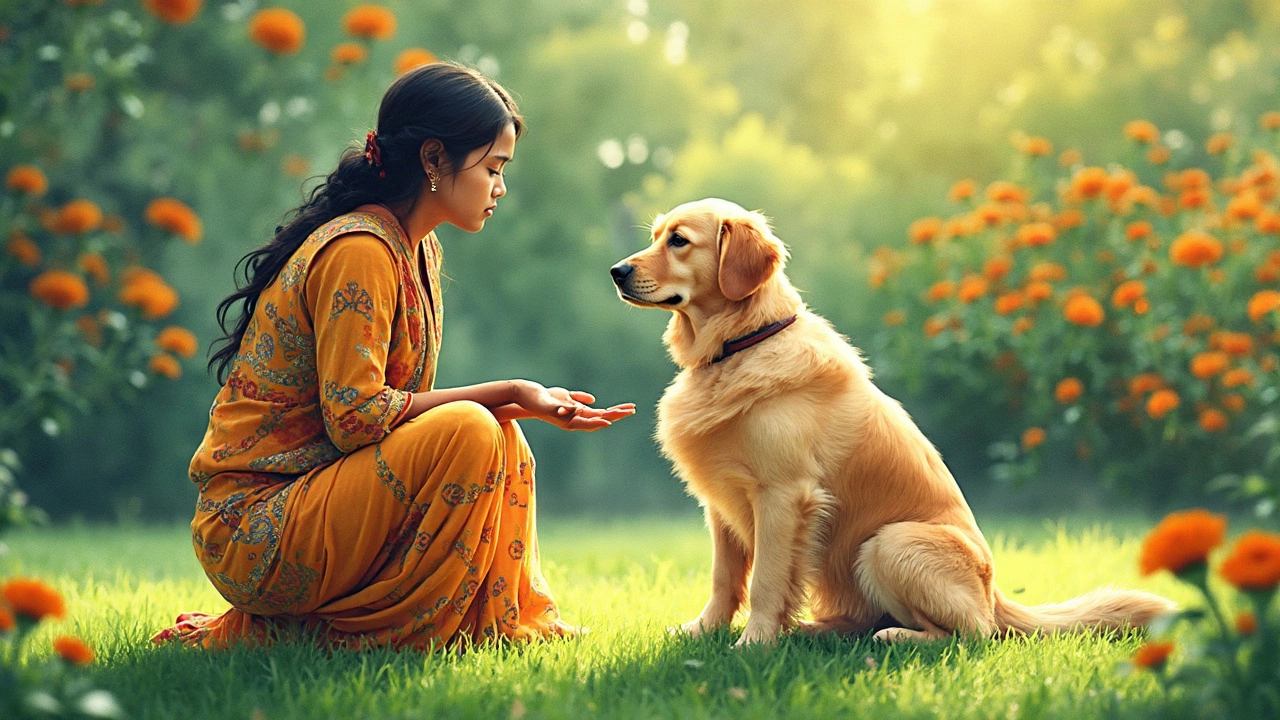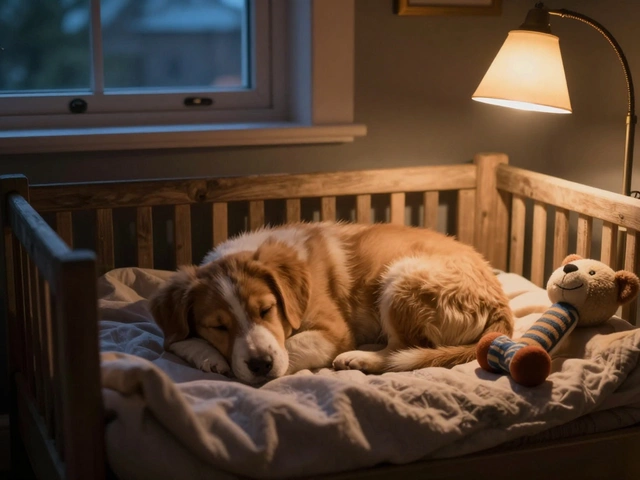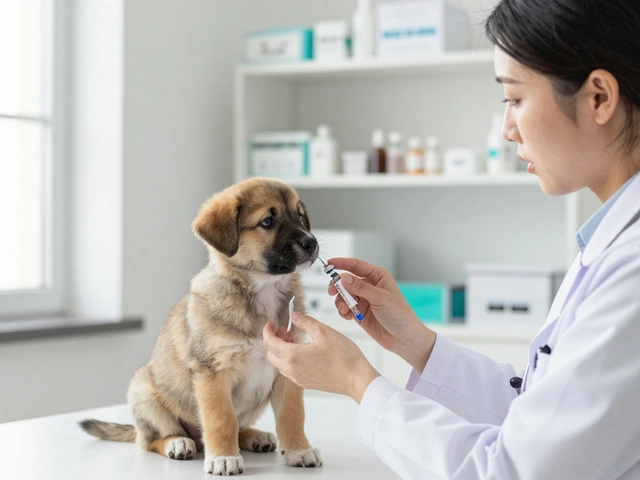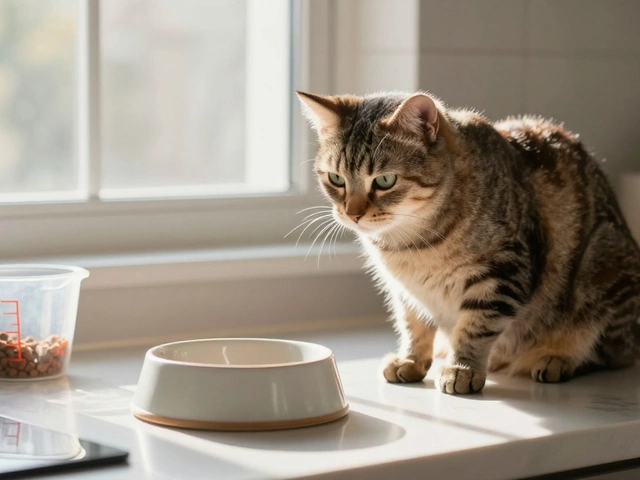Dog Obedience: Simple Tips to Get Your Pup Listening
Want a dog that comes when called, sits on cue, and stays calm around guests? You don’t need a fancy degree—just a few clear steps and patience. Below you’ll find the most useful obedience basics, plus how to keep training fun for both you and your dog.
Basic Obedience Commands Every Dog Should Know
Start with three core commands: sit, stay, and come. They form the backbone of safe, well‑behaved dogs. Practice each command in a quiet room first, using a small treat as a reward. When you say "sit," gently guide the dog’s rear down, then give the treat the moment the hips touch the floor. Repeat for a few minutes, then add the word "sit" before you move the hand. Consistency is key—use the same word and hand signal each time.
For "stay," ask your dog to sit first, then hold your palm out and say "stay." Take one step back, then return and reward if the dog didn’t move. Increase the distance slowly, and always finish with a happy "yes!" and a treat. "Come" works best on a leash. Let the dog wander a short distance, then call its name followed by "come" in a friendly tone. When it returns, use enthusiastic praise and a snack. Short, upbeat sessions keep the dog interested and prevent frustration.
Positive Training Techniques for Long‑Term Success
Positive reinforcement beats punishment every time. Dogs learn faster when they know a good behavior leads to something they like. Use high‑value treats—tiny pieces of chicken or cheese—and phase them out gradually as the command becomes reliable. If you catch your dog doing the right thing on its own, reward it immediately. This builds a habit without any cue.
Keep training sessions under five minutes. Dogs have short attention spans, so ending on a high note leaves them eager for the next round. Mix in games like "find the treat" or short fetch bursts to keep the energy up. When your dog gets distracted, reset the session: bring them back to eye contact, then try the command again. Remember, consistency across family members matters—make sure everyone uses the same words and gestures.
Many owners wonder about shock collars after reading headlines. Our article "Do Professional Dog Trainers Use Shock Collars?" explains why most trainers avoid them and prefer reward‑based methods. If you’re struggling with stubborn behavior, consider a clicker or a marker word instead of aversive tools.
Housebreaking and leash walking are also part of obedience. The post "Housebreaking a Dog: Timelines, Tips, and Realistic Expectations" gives a quick timeline you can pair with the "stay" command to prevent accidents. And if you’re unsure whether a collar alone is safe for walks, check out "Is It Safe to Walk Your Dog With Just a Collar?" for a clear breakdown.
Finally, celebrate progress. A dog that enjoys training will obey more often, and you’ll enjoy a stronger bond. Keep the tone upbeat, use lots of praise, and remember that every small win is a step toward a well‑behaved companion.

How to Train Your Dog Yourself: A Simple Guide
Training your dog on your own can be a rewarding journey, allowing you to bond with your furry friend while instilling good behavior. Start with the basics such as sit, stay, and come, and gradually move to more complex commands. Consistency, patience, and plenty of rewards are key to successful training. Learn the tools of positive reinforcement and discover fun tricks to add to your pup's repertoire. With the right approach, you'll help your dog become a well-mannered and happy member of the family.
read more
Essential Puppy Training: Start with the 'Sit' Command for Behavior Success
Training your puppy starts with teaching basic commands to help establish good behavior. The 'sit' command is often the most beneficial command to start with because it lays the foundation for other commands and helps your puppy focus. This article dives into reasons why 'sit' should be your first command, along with effective strategies and the potential benefits it offers both you and your furry companion. Learn how you can incorporate toys into your training regime to make the process enjoyable and engaging for your puppy.
read more



